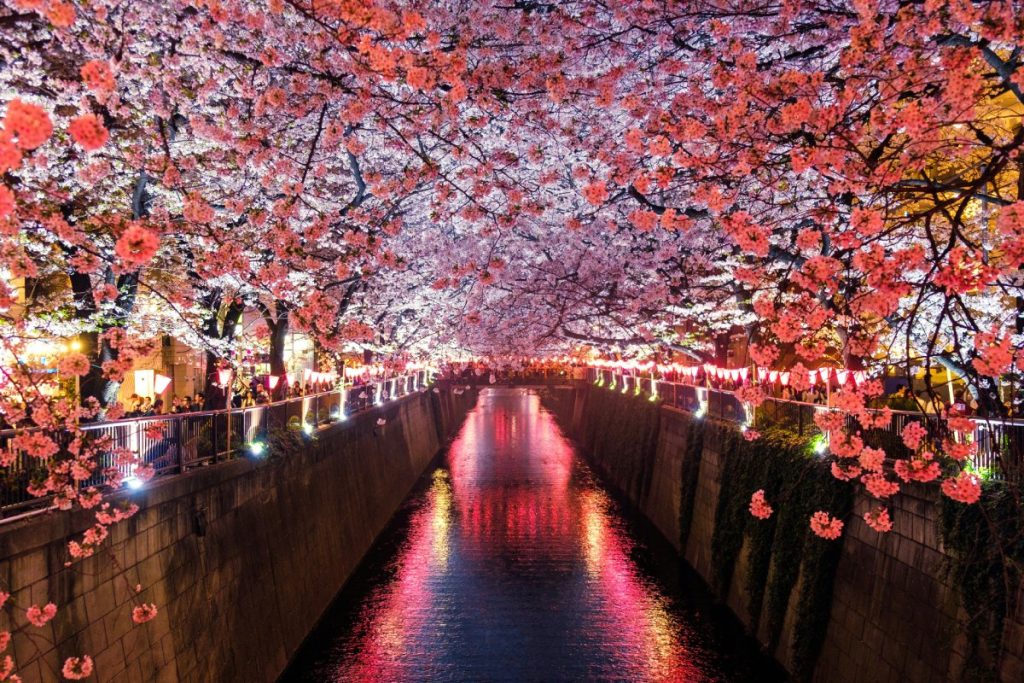Tour operators in Japan are facing challenges due to the country’s booming tourism industry, particularly during the cherry blossom season. With sakura trees blooming from late March to early May, attracting tourists from all over the world, tour operators are working to manage the influx of visitors. Some operators, such as Kensington Tours, are advising clients to avoid traveling during this busy season to avoid congestion. Other operators, like Intrepid Travel, are spreading tourists out to less visited areas to alleviate overcrowding in popular spots like Kyoto’s parks.
In order to meet the high demand during cherry blossom season, tour operators have had to make adjustments, such as hiring staff earlier than usual. This is especially important as there has been a shortage of English-speaking staff in Japan, leading to service challenges last year. For example, Japan-based tour operator KKday had to make earlier arrangements for buses and guides due to staffing shortages. Tour operators are working to ensure that they are prepared to handle the influx of tourists during peak seasons like cherry blossom season in the future.
The increase in tourism to Japan has also led to rising costs for tour operators. Bus and guide prices have gone up significantly from last year, making it challenging for operators to pass on these costs to customers without increasing tour prices. This increase in costs has impacted operators throughout the year, with cherry blossom season being particularly expensive. Despite the challenges of rising costs, tour operators are working to provide quality experiences for their clients while managing increasing expenses.
While the influx of tourists has boosted Japan’s tourism industry, there has been a rise in local frustration with visitors. Reports of tourists behaving poorly and invading private spaces have led to concerns among locals. Some areas in Japan are considering closing off access to tourists during certain times of the year to prioritize residents. This issue highlights the need for responsible tourism practices and respectful behavior from visitors to ensure that both tourists and locals can enjoy Japan’s attractions.
Overall, tour operators in Japan are facing the challenges of managing a booming tourism industry, particularly during popular seasons like cherry blossom season. By spreading tourists out to less visited areas, adjusting staffing levels, and addressing rising costs, operators are working to provide quality experiences for their clients while mitigating the impact of mass tourism on local communities. As Japan continues to attract a growing number of visitors, it is essential for tour operators and tourists alike to prioritize responsible and sustainable tourism practices to ensure that the country’s natural beauty and cultural heritage are preserved for future generations.















